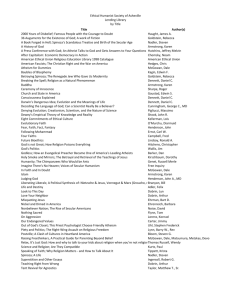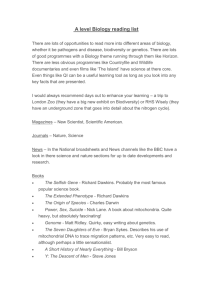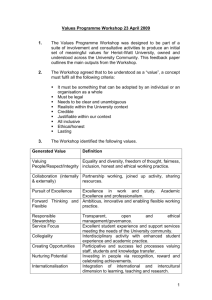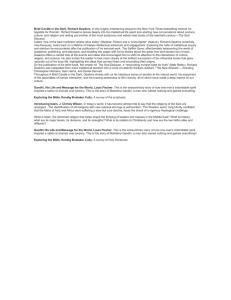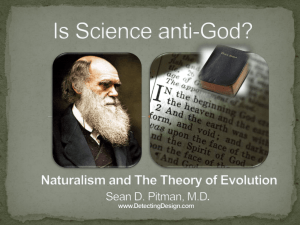Slipping-the-Moorings-Study
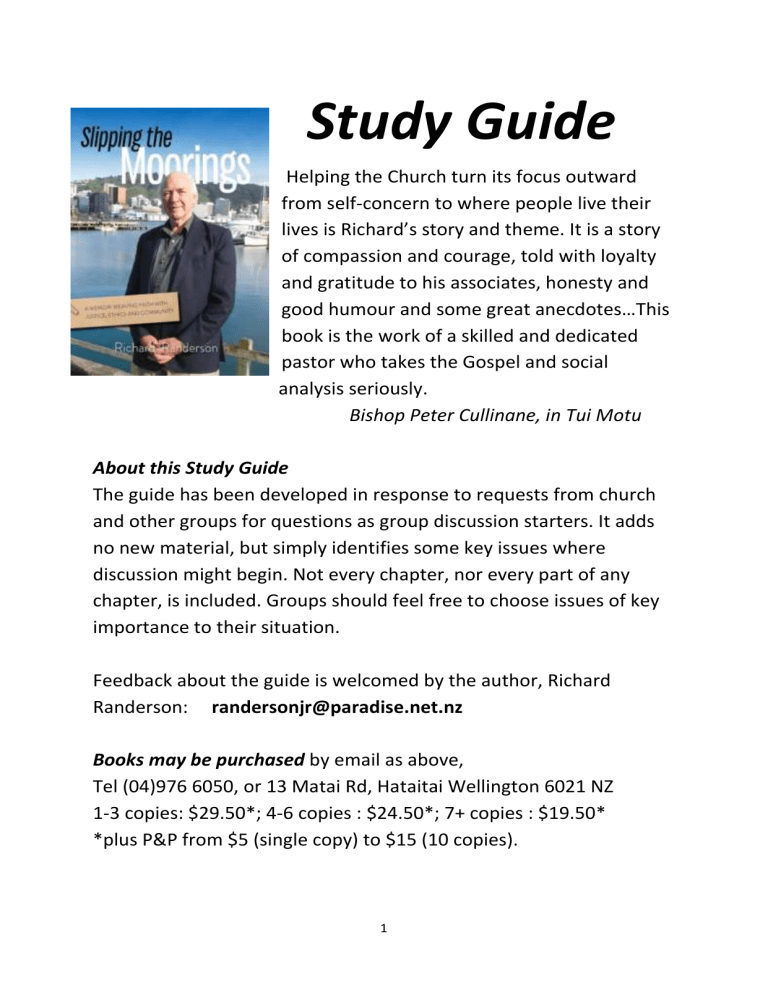
Study Guide
Helping the Church turn its focus outward from self-concern to where people live their lives is Richard’s story and theme. It is a story of compassion and courage, told with loyalty and gratitude to his associates, honesty and good humour and some great anecdotes…This book is the work of a skilled and dedicated pastor who takes the Gospel and social analysis seriously.
Bishop Peter Cullinane, in Tui Motu
About this Study Guide
The guide has been developed in response to requests from church and other groups for questions as group discussion starters. It adds no new material, but simply identifies some key issues where discussion might begin. Not every chapter, nor every part of any chapter, is included. Groups should feel free to choose issues of key importance to their situation.
Feedback about the guide is welcomed by the author, Richard
Randerson: randersonjr@paradise.net.nz
Books may be purchased by email as above,
Tel (04)976 6050, or 13 Matai Rd, Hataitai Wellington 6021 NZ
1-3 copies: $29.50*; 4-6 copies : $24.50*; 7+ copies : $19.50*
*plus P&P from $5 (single copy) to $15 (10 copies).
1
Questions for Discussion
The chapters of the book are reasonably self-contained. Skim through the chapter headings and choose the ones that most concern your group.
Six Major Themes
Theme 1: Poverty, Justice and Christian Socio-Economic Values
Chapters 5 & 6: (Two studies may be needed on this topic)
Compare some 1990s poverty indicators (pp78-79) with recent statistics (pp 99-100). Has much changed since the 1990s?
What signs of poverty do you see in your community?
What strategies should churches pursue in advocacy with government and policy-makers re poverty (pp 79-86)?
Much is made of inequality in New Zealand (pp 93-97). Have our values shifted as a nation from collective to individual wellbeing?
The ideology underpinning neo-liberalism is outlined on pp 87-
93. How much has this ideology taken hold of New Zealanders in the last 30 years? Has our commitment to ‘the common good’ been diminished in consequence?
(Pp 98-104): the 1993 church leaders’ statement sets out key values the nation should aim for? To how great an extent are these values reflected in socio-economic policy today?
Arising out of these reflections, does any course of action suggest itself either for you as an individual, or collectively?
2
Theme 2: Ethics in Public Life, chapter 8
This chapter asks how we can act more ethically in corporate, church, professional, institutional and national life. It is proposed that one of the major ethical issues is when institutions lose sight of their fundamental purpose to serve others, settling instead for lesser self-serving objectives.
Chapter Summary
A key opening question (p 139, first two paragraphs).
A case study from the Royal Commission on Genetic
Modification – setting values and implementing them (pp 139-
146)
Further case studies on discerning the fundamental purpose of an organisation (end p 146-p 150). Note also quotes from
Australian judges (pp 120-122).
Case study on assisted reproductive technology (pp 150-152)
Moral failure and the Global Financial Collapse (pp152-155).
Note in particular Kamel Hussein’s quote on p 154
Ethical Issues raised by Nicky Hager’s Dirty Politics (p 156)
Concluding summary (pp 157-158)
Questions:
1.
What ethical issues arise in organisations you are part of? How can you focus on ultimate organisational purpose and work for it?
2.
How can we make real the saying that ‘justice is the public face of love’?
3.
How can the Church enable its lay membership to identify and address ethical issues in the workplace?
3
Theme 3: Same-Sex Relationships, chapter 9:
This is a hot button issue and the author’s view well known. The author sets out his own personal journey, while respecting others, and asks if we can journey together in unity while having different views.
Chapter Summary
The author’s personal journey over 40 years (pp 159-162)
Lambeth 1998 and the oft-quoted motion 1.10 (pp 163-166)
Rowan Williams’ views, the Windsor Report and the proposed
Anglican Covenant which was not adopted (pp 167-169)
The author’s public advocacy and responses, Auckland, 2000-
2007 (pp 170-174)
The Marriage Equality Act, March 2013 (pp 174-177)
The Anglican General Synod 2014 and Motion 30 (pp 177-179)
Questions:
1.
What has been your own personal journey in relating to this issue?
2.
What prevents us from living in unity while holding diverse views?
3.
Should scripture be read not in terms of a few texts but in terms of broad themes such as inclusiveness and loving relationships?
4.
To how great an extent should contemporary knowledge of the nature of homosexuality inform our reading of scripture?
Theme 4: Inter-Faith relationships, chapter 10:
Questions: having read pp 186-193 on inter-faith relationships,
1.
How do we affirm the uniqueness of our faith in Christ while living in relationship with people of other faiths?
4
2.
In our schools, workplaces and communities, what steps are being taken, or might be taken, to further a multi-cultural society? Why is this important in national life?
Theme 5: Richard Dawkins, Lloyd Geering and God, chapter 11:
This chapter critiques the arguments of Richard Dawkins and Lloyd
Geering, explores the concepts of ‘God as a being’ and ‘God as being’, and shows the uniqueness of Jesus as Son of God in response to CK Stead.
Chapter Summary
Pp 197-200: the origins of the debate in Auckland in 2007 as to whether the author was an ‘agnostic’
Pp 201-203: the flawed thesis of Richard Dawkins
Pp 203-212: Following Marcus Borg and Karen Armstrong, the outline of an alternative view of God as ‘being’ rather than the traditional view of God as ‘a being’.
Pp 209-210 (part of above section) addresses four problems arising from the ‘God as a being’ image.
P 212, para 2: conclusion as to where Christian faith differs from the views of Richard Dawkins and Lloyd Geering.
Pp 212-216 critiques CK Stead’s thesis (in My Name was Judas) that Jesus’ messiah-ship was based on miracle-working, and offers a different biblical basis
Pp 216-217 (last two paras) challenges the Church as to how it proclaims its faith to contemporary society.
Questions:
1.
How do you assess the arguments of Richard Dawkins?
2.
How would you describe your own experience of God?
5
3.
Is ‘God as a being’ an essential tenet of faith, or is it an image that works for some in pointing to the divine mystery, whereas others might feel more comfortable with an image of ‘God as being’?
4.
How well does the image of ‘God as being’ address the four problems posed by ‘God as a being’ (pp 209-210)?
5.
Our worship is based almost exclusively on the image of ‘God as a being’. Can we see our liturgical forms symbolically, and inclusive also of ‘God as being’?
6.
What leads you to the conviction that Jesus is ‘Son of God’?
7.
It is part of the Church’s evangelistic mission to proclaim its faith to 21 st century society. How is the Church doing this, and how we might we do it better?
Theme 6: The Church’s Outreach in Mission, chapter 12 and
Appendix
Read first the Appendix, p.238, a parable about the Church, the
Eklay Zia.
Chapter 12 Summary
Pp 220-221: the paradigm of the parish as normative to the exclusion of outreach, albeit noting some excellent examples of the latter.
P 222: the undervaluing of chaplaincy ministries
P 222-224: the total inversion of the laity to support the parish rather than be salt, light and leaven in the outside world.
Pp 224-226: ‘wild west theology’ as a spur to develop new community-facing ministries
Pp 228-233: the public silence of the Church on matters of faith, ethics, poverty and justice
Pp 233-238: concluding reflections on vocation and the future
Church.
6
Questions:
1.
Is the Church overly occupied with its own life rather than engaged in strategies of outreach to the community? How true to life is the parable of the Eklay Zia?
2.
How much do lay members of the Church feel enabled to address key vocational and ethical challenges they face in their workplace and community?
3.
Does Wes Seeliger’s ‘wild west theology’ have something to say to the Church in mission?
4.
What is your church doing about climate change?
5.
Do you agree that the Church today is silent on many of the key issues of faith, ethics and justice facing 21 st century society?
How can the Church be more focused, and hence a more effective participant, in key societal debates?
Themes from Other Chapters
Chapter 1 sketches the author’s early experiences of vocation. Pp 18-
19 raise important questions about the theological training of the clergy.
Question: has theological training become more community-focused in recent years?
Chapter 2 overviews industrial mission in the UK, NZ and Australia.
Threaded through this chapter are many important issues of human, ethical and theological significance which are still very relevant today.
7
Question: how can the Church enable its laity to address these issues and thus develop a vocational approach to their employment?
Chapter 3 outlines the author’s time as Vicar of St Peter’s in
Wellington, an inner city parish, 1978-90. Times change, issues change; contemporary outreach needs to be developed to the current time and context.
Question: What outreach might be appropriate in your own situation today?
Chapter 4 recounts major changes in Church and Society from 1960-
90.
Question: What can be done to further advance such issues as
the ordination and leadership of women (pp 55-58)
marriage, divorce and pastoral care (pp 58-59); see also marriage equality issues in Chapter 9
gender inclusivity in both leadership and liturgy (pp 62-63)
bi-cultural and multi-cultural partnerships in Aotearoa New
Zealand and our three-tikanga Anglican Church (pp 71-75)?
Chapter 7 addresses a variety of issues in Australia, and especially partnership with indigenous peoples, and the Stolen Children (pp
125-132).
* * * *
8
